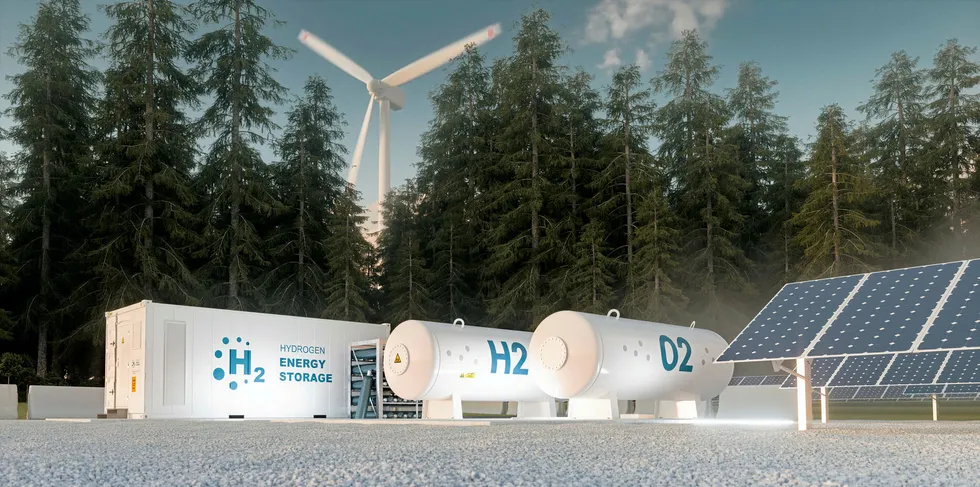More than $2.1bn worth of green hydrogen projects vying for Australian government funding
Arena gets 36 expressions of interest for funding to help fast-track projects with almost 500MW of combined electrolysis capacity

Arena gets 36 expressions of interest for funding to help fast-track projects with almost 500MW of combined electrolysis capacity
